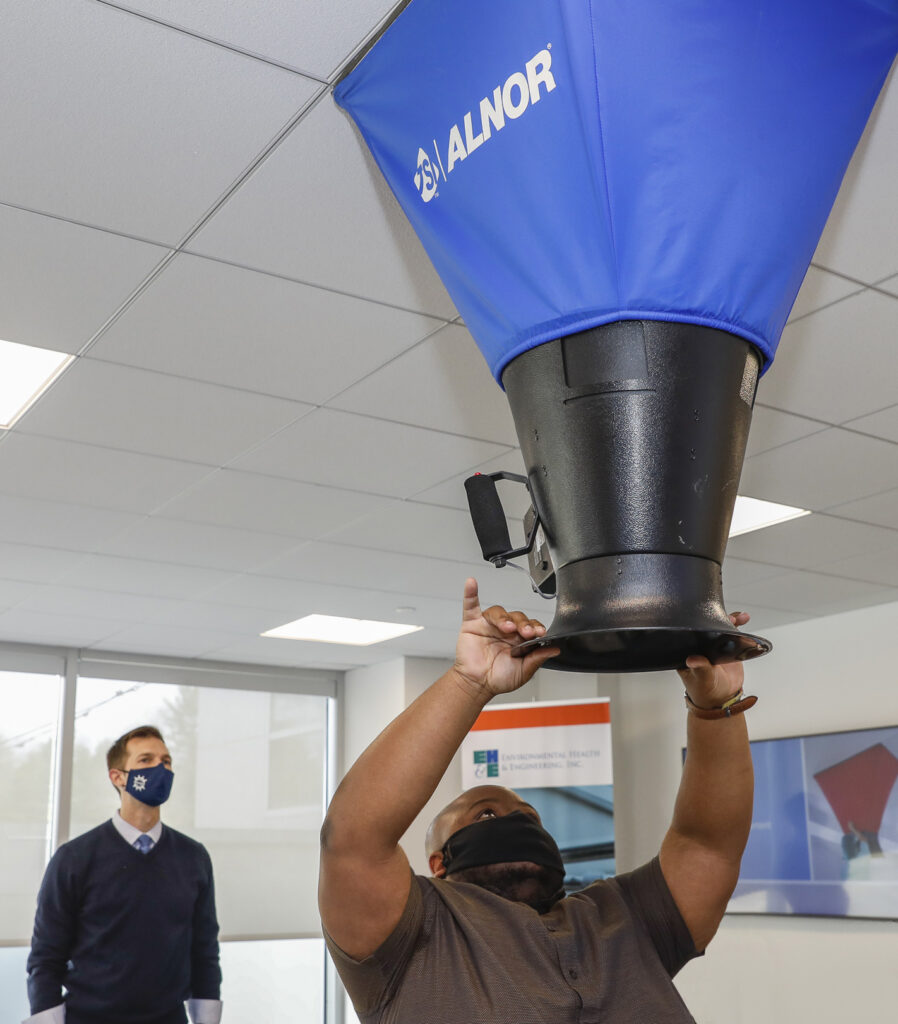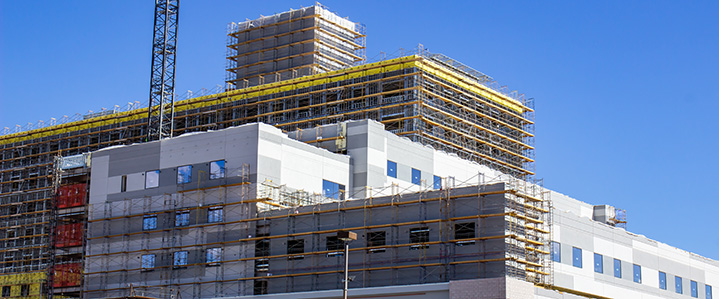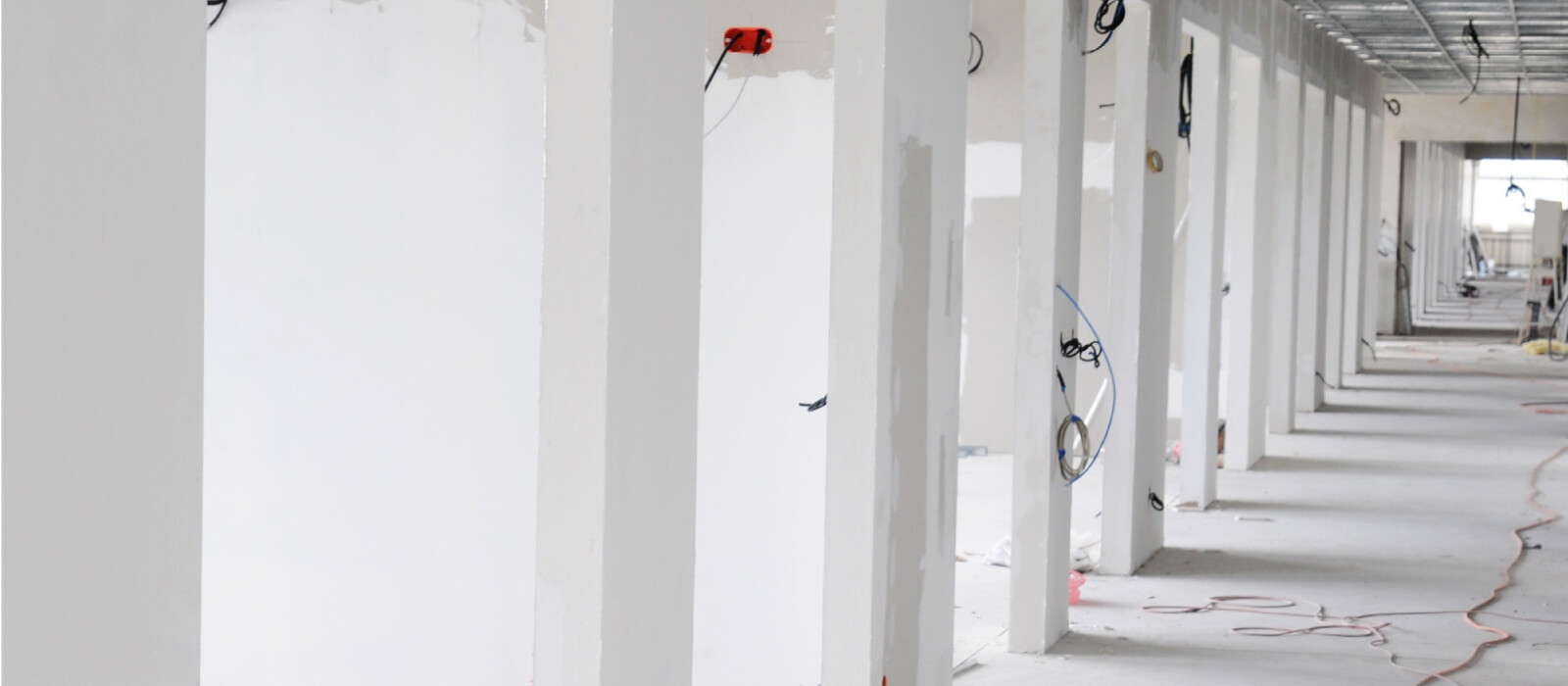EH&E Supports Rep. Auchincloss in Getting Kids Back to School

Congressman Jake Auchincloss (Mass.) visited EH&E in April as part of his American Rescue Plan tour, highlighting the success of the plan and its priorities of “shots in arms, kids back to school, and Americans back to work.” EH&E has played a critical role in ensuring the safety of back-to-school plans, working closely with schools to develop strategies for mitigating risks and a COVID-19 management dashboard that allows schools to track the performance of these plans.
These dedicated efforts to get kids back into the classroom seem more critical than ever as we begin to evaluate the long-term social and economic costs of lost schooling. In the short-term, students struggle from social isolation, worsening mental health, and poor nutrition as a result of missed free or discounted school meals, among other issues.
In the long-term, these mounting issues could lead to more dramatic problems. In Sept. 2020, OECD suggested that students in grades 1-12 affected by school closures could expect a 3% lower income over their entire lifetimes as a result of lost time in the classroom. For nations, this translates to an average of 1.5% lower annual GDP for the rest of the century.
“Learning loss amongst students is devastating, and this loss disproportionately harms lower-income students and students of color,” commented Auchincloss during his visit to EH&E.
The evidence is clear: the built school environment is essential for fostering students’ success.
“I have been vocal since last year that our students need to be in schools,” Auchincloss said. “One of the greatest tragedies of the pandemic is our students’ learning loss, particularly amongst our youngest learners. As a Congressman, my first priority was getting kids back in class, and we are getting that done.”
Fortunately, more than a year after the onset of the COVID-19 pandemic, there is much more information available about how to keep staff and students safe in the unique environment that schools present.
The unique challenges schools face
Keeping schools open may be critical, but these environments present unique obstacles in terms of mitigating the SARS-CoV-2 virus. Each day, children and adults with varying levels of susceptibility to COVID-19 come into the building, possibly carrying viral particles from home back into the school, before returning home and carrying new risks to their families. Every individual who steps foot into the building serves as a vector for transmission of the virus. Even with smaller class sizes, children and staff may find it difficult to maintain recommended 3 to 6-foot social distancing at times during the lengthy school day.
Faced against these varying transmission risks, administrators are charged with providing safe environments for all impacted individuals. Adding to the challenge is the need to mitigate misinformation and concerns from parents and staff around school openings.
To calm concerns, and ensure a safe environment, administrators must understand the facts around virus transmission and how the current science impacts building operations. An understanding of how viral particles can be transmitted from an infected source (who may or may not be showing coronavirus symptoms) and how those particles are transported through the environment can help administrators make informed decisions.
Equally important, administrators should have in place a system for monitoring the impact of these decisions to gauge the success of any changes and identify opportunities for improvement.
A strategy for safe school reopening
As we’ve learned over the last year, the most effective measures for reopening schools or increasing occupancy revolve around a layered approach of nonpharmaceutical interventions (NPIs). NPIs include all strategies, aside from vaccination, that work to reduce viral transmission. An example of a layered approach includes cohorting students in small groups, requiring masks for all individuals when inside, and adjusting ventilation to maximize the circulation of clean outside air.
There is ample evidence that this approach works, including a research study EH&E conducted with the American Camp Association that demonstrated that the NPI strategy can limit secondary transmission of SARS-CoV-2 when all participants commit to following recommended best practices.
Effective ventilation, supported by filtration, has proven to be a critical component of every layered approach. Schools can take first steps to increase ventilation by opening windows or continuously operating HVAC systems at increased outdoor air rates. However, it’s important that schools make these ventilation adjustments based upon the recommendations of an advisor knowledgeable of how mechanical systems impact transmission of the virus. As the systems are being asked to do more, they may require more in the way of maintenance to achieve the necessary number of air changes per hour. This is critical for older schools, particularly public K-8th grade facilities, that may have struggled to meet pre-COVID-19 code requirements or ASHRAE recommended ventilation rates.
Now, as seasons are changing in many parts of the country, it is a good time to review systems for cleanliness and good working condition. It may also be an ideal time to perform a gap assessment and to identify if equipment will need to be replaced during the coming summer months. For many schools, upgraded air handling systems may be required to handle higher levels of filtration recommended by ASHRAE. The organization advises using, at minimum, a MERV-13 rated filter to capture the minute viral particles, although ASHRAE states that MERV-14 rated filters are preferred. Schools may also consider using portable high efficiency particle air (HEPA)-filtered units in occupied spaces to provide continuous local filtration.
The good news is that schools will have funds available to support these efforts, as the American Rescue Plan includes nearly $130 billion to support states and school districts with their immediate and long-term needs.
“These funds can be used to reduce class sizes, modify spaces to accommodate social distancing, improve ventilation, implement mitigation measures to slow the spread of the virus, and provide PPE,” Auchincloss said. “These measures will ensure that students, educators, and staff can be safe while learning and teaching in their classrooms.”
An evolving plan
As seasons change, more students come into the building, and our insight into the impact of COVID-19 variants grows, school administrators will have more information at hand for how best to maintain a safe environment. This information will prove critical for deploying resources to maximum effect and adopting appropriate best practices in school planning. However, the evolving nature of this threat requires that school administrators continuously monitor their approach to verify that it is working as expected.
With a team of trusted experts to support these decisions, school administrators can confidently move forward in bringing kids back to schools. What’s more, as Auchincloss pointed out, “The improvements made by the American Rescue Plan provide needed and lasting updates to ensure our schools are safer for decades to come.”
To speak with one of our experts on how to safely increase occupancy and maintain a healthy environment in your school, contact us today.
Subscribe
to our blog
"*" indicates required fields





